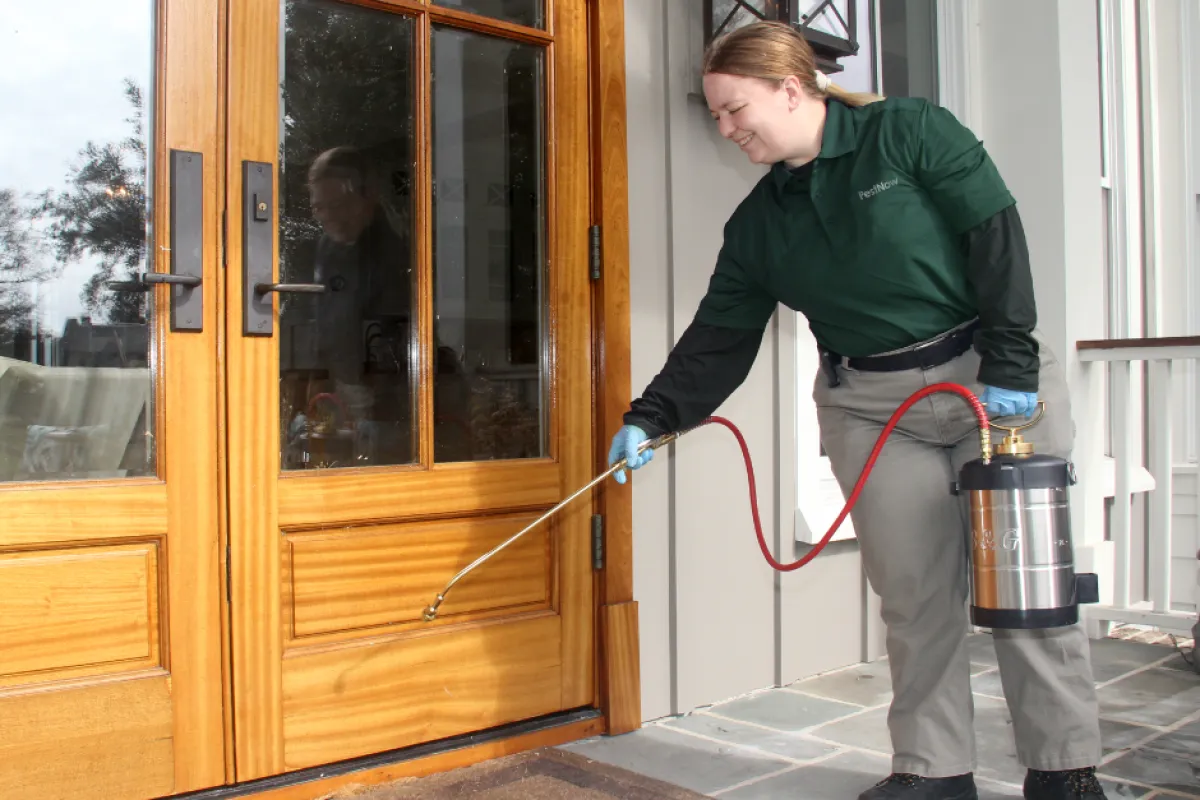Reliable Pest Control to keep your home pest-free year-round.
Eco-Friendly Bug Control Approaches for Handling Wildlife in Urban Areas
Urban areas often find themselves at the crossway of human task and wild animals, causing unique obstacles in parasite monitoring. Eco-friendly strategies emphasize sustainable coexistence, employing strategies such as habitat adjustment and natural repellents to alleviate human-wildlife conflicts. These strategies not only secure the setting yet additionally boost neighborhood involvement in wild animals monitoring. As city populaces remain to expand, understanding the characteristics of wild animals interactions ends up being progressively critical. What cutting-edge techniques can be applied to ensure both ecological equilibrium and city safety and security? Discovering this inquiry reveals an engaging landscape of possible options.
Comprehending Urban Wildlife Dynamics
Recognizing Urban Wild animals Dynamics is vital for creating efficient and environmentally friendly insect control approaches. Urban areas are increasingly ending up being habitats for different wildlife species, driven by variables such as habitat fragmentation, food schedule, and human infringement. Identifying these dynamics permits a nuanced strategy to pest management that straightens with ecological concepts.
Urban wildlife commonly includes varieties such as raccoons, squirrels, and birds, which adapt to city settings, finding specific niches in environment-friendly spaces, parks, and also houses. Their existence can bring about conflicts with human beings, specifically when they make use of human sources for food and shelter. Understanding the actions and eco-friendly functions of these species educates techniques that lessen adverse interactions while promoting biodiversity.
Furthermore, recognizing the interdependencies within urban environments aids in identifying vital locations for habitat conservation and reconstruction. This knowledge contributes to the advancement of integrated bug monitoring (IPM) techniques that think about the environmental equilibrium, therefore lowering dependence on hazardous chemicals. By promoting conjunction in between people and city wild animals, cities can develop healthier environments that benefit both locals and regional communities, paving the method for sustainable metropolitan living.
All-natural Repellents and Deterrents
Natural repellents and deterrents provide a sustainable alternative to conventional pest control techniques by utilizing the power of nature to keep unwanted species away. These eco-friendly remedies typically utilize plant-based active ingredients, crucial oils, and various other normally happening compounds that prevent pests without damaging the atmosphere.
One effective all-natural repellent is peppermint oil, which is recognized to fend off rodents and pests. Its solid fragrance is unpleasant to several bugs, making it a popular choice for metropolitan settings. Vinegar and citrus peels can serve as deterrents, as their strong odors are typically uninviting to various wildlife.
Additionally, diatomaceous planet is a natural powder that can be spread out in areas vulnerable to bug activity, properly dehydrating and hindering pests without presenting risks to non-target types. Garlic sprays and neem oil are recognized for their capacity to ward off a vast range of parasites, including both bugs and bigger wildlife.
Carrying out these natural repellents not only lowers reliance on chemical pesticides however additionally advertises a healthier urban ecosystem, promoting an extra well balanced conjunction between people and wildlife. By making use of these approaches, metropolitan locations can efficiently handle parasite populaces while reducing environmental effect.
Environment Alteration Techniques
Effective habitat adjustment methods play an essential function in lasting parasite monitoring by altering the environment to make it much less for pest infestations. By comprehending the environmental characteristics of city locations, building owners can execute tactical adjustments that prevent bugs while advertising biodiversity.
(Rodent control Port Charlotte)One key strategy involves preserving proper cleanliness. This includes routine waste elimination, safeguarding garbage can, and eliminating standing water to reduce breeding sites for insects and rodents. Additionally, landscaping practices such as selecting indigenous plants can enhance ecological equilibrium, supplying environments for beneficial organisms while minimizing resources for pests.
An additional crucial method is to seal access points in structures. Checking and repairing splits in structures, walls, and home windows can substantially reduce parasite accessibility. Furthermore, developing physical barriers, such as fencings or plant buffers, can hinder wildlife motion into human-inhabited locations.
Integrated Parasite Management Practices
Structure upon habitat adjustment techniques, incorporated insect monitoring (IPM) practices supply a holistic strategy to controlling parasite populations while decreasing environmental effect. IPM incorporates various approaches, including browse this site organic, cultural, mechanical, and chemical controls, to accomplish reliable insect administration.
Organic control involves the intro of all-natural predators or parasites to lower pest populations. Social techniques, such as plant turning and sanitation, interrupt pest life process and lessen their habitats - Pest Control. Mechanical controls, like traps and obstacles, supply instant remedy for parasite pressures without chemical treatment
Chemical controls are made use of as a last option, concentrating on targeted applications that limit damage to non-target types and the setting. The option of environmentally friendly pesticides, when required, is important to the IPM structure. In addition, monitoring insect populations and assessing potential damage helps inform decision-making, making sure that interventions are timely and effective.
Neighborhood Involvement and Education

(Equine Pest Protection)Workshops and educational sessions can outfit homeowners with knowledge about native varieties, environment preservation, and efficient safe bug monitoring methods. Partnership with institutions, local organizations, and federal government firms better improves academic outreach, guaranteeing that important information gets to diverse audiences.
Moreover, community-led campaigns, such as community clean-up days and habitat restoration tasks, not just promote biodiversity but additionally reinforce neighborhood ties. Pest Control. By urging citizens to share their experiences and observations, communities can create targeted approaches that attend to particular local parasite problems
Incorporating responses from locals into parasite administration plans makes it possible for a much more receptive and flexible approach to wild animals challenges. Eventually, informed and involved communities are crucial to achieving long-lasting success in environmentally friendly parasite control, causing healthier city environments that value both human and ecological requirements.

Conclusion
In verdict, eco-friendly insect control approaches offer sustainable solutions for managing urban wildlife. By focusing on environment alteration, making use of natural repellents, and carrying out incorporated insect management techniques, neighborhoods can foster a harmonious conjunction with neighborhood animals.